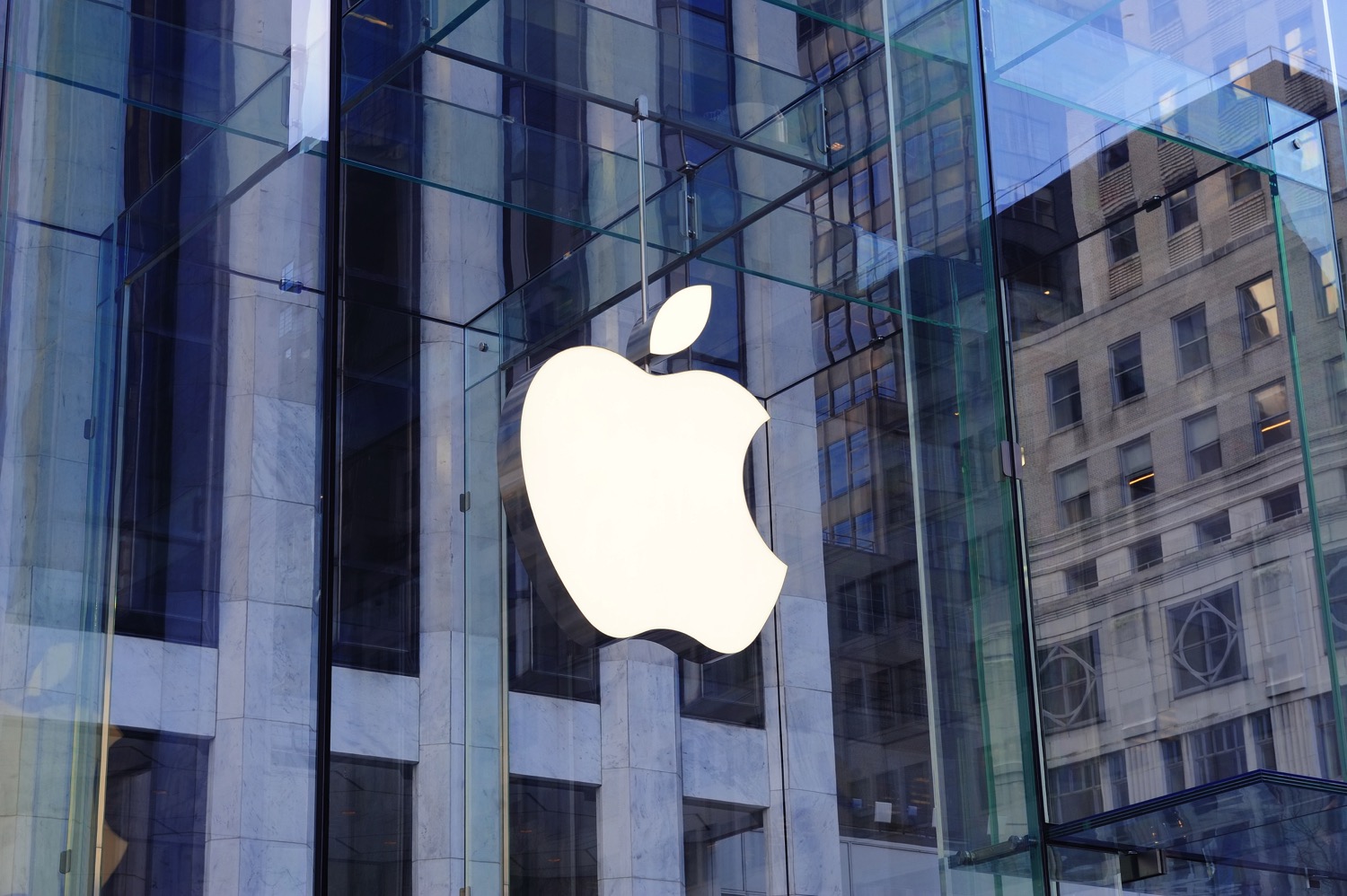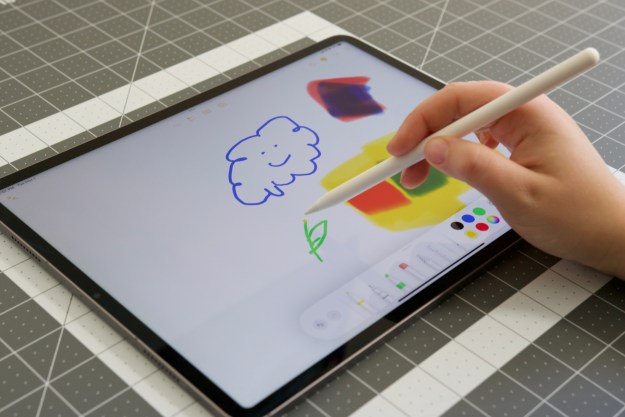
Apple often files patents for new tech, even if in the end it doesn’t end up using those patents. The company has filed for a series of five new patents this week alone, making for some very interesting speculation about the future of some of its biggest and most important products.
The patents could relate to Apple’s future endeavors in augmented reality, as well as its attempts to keep the iPhone’s camera relevant in the face of increased competition from the likes of Google. Here’s a quick rundown of the patents we’ve seen from Apple this week.
Accessory lenses for the iPhone
One of the more interesting patents seems to be related to developing accessory lenses for the iPhone. The patent is titled “Adapting Camera Systems to Accessory Lenses,” and it seems to show Apple is considering small lenses that could attach or mount to the camera lens on devices like the iPhone, helping give them better zooming capabilities, among other things.
Of course, the overall system could be pretty complex. In order to get the best image quality, the optical axis of the phone’s camera has to be lined up with the optical axis of the accessory lens. That could be difficult, unless Apple adopts some kind of standard for attaching lenses to the camera.
Apple continues work on AR
Apple has been developing quite an interest in Augmented Reality, and its latest patent confirms that isn’t going to change anytime soon. The patent, called “Transparent Electronic Device,” is slightly different from a patent that was filed back in November. Most notably, the new patent, which describes an electronic device with a transparent display, places a heavier emphasis on an adjustable opacity layer, along with a dedicated processor arranged to specifically configure an opaque portion and transparent portion.
It’s not immediately clear what this device will be used for, but a report from Patently Apple notes that Apple has been working on an AR display specifically for the Mac.
Different refresh rates for different portions of the display
The third new patent discusses a new display technology that Apple seems to be developing related to display refresh rates. Notably, it seems that Apple wants to develop a display that can refresh at different rates in different parts of the display.
It’s an interesting proposition, and basically means that when a portion of the display is static, it doesn’t need to be refreshed as often — which could ultimately save on battery life, depending on how the technology works.
Apple seems to be specifically developing the tech for its mobile devices, though if it continues to pursue it we could see it showing up on its computers, too.
Setting an alarm based on when you get to sleep
The final two patents relate to sleep tracking, with the first specifically designed to set an alarm and change that alarm depending on when you get to sleep. Now, that may not work if you have to get up to go to work, for example, but in some situations that could be pretty handy — especially for those who find they have trouble getting to sleep at night.
The systems seems to go a step further too by predicting when the user goes to sleep, based on previous sleep rituals. Those rituals can include any number of tasks one might perform before going to bed, like brushing your teeth.
Vital signs monitoring
Last but not least is a vital signs monitoring system, which seems to work through sensors placed in the user’s bed. It would make sense — Apple acquired sleep tracking company Beddit last year, and hasn’t really released any sleep-tracking technology since then.
According to the patent, the technology would be used to track sleep and then give feedback on ways to improve sleep — all without having to attach any devices to the users themselves.
Despite the fact that it makes sense that Apple would be developing a sleep tracker after the Beddit acquisition, according to a report from Patently Apple, the two inventors listed on the patent have no history with Beddit — so it’s possible that Apple was working on this tech before the Beddit acquisition.
Editors' Recommendations
- An Apple insider just revealed how iOS 18’s AI features will work
- Apple’s iPhone design chief jumps ship to work with Jony Ive
- Why I can’t wait for Apple to finally make a smart ring
- Apple’s latest store opening is one of its most significant in years
- Apple hints at cunning plan to make you spend even more on an iPhone


